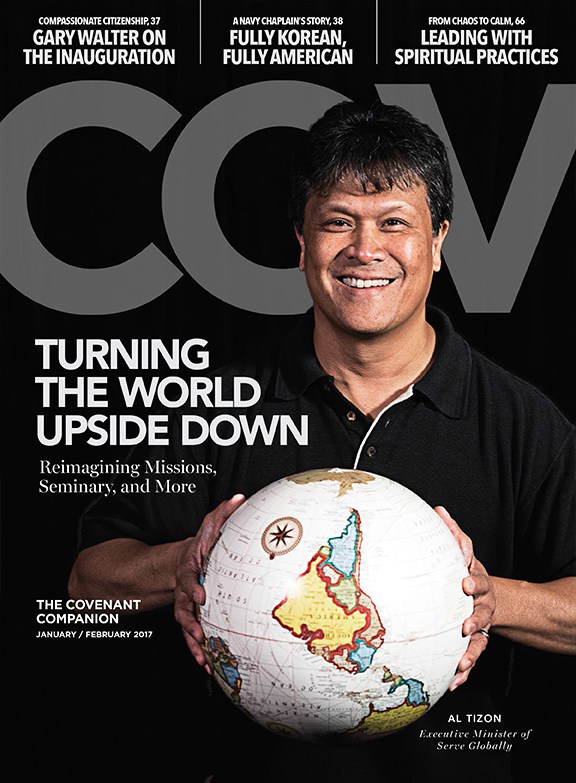Where I live, corn and soybean fields stretch for miles in all directions. The crops eventually become ingredients in everything from high fructose corn syrup to chicken nuggets. In Indiana, only 10 percent of the food we eat is grown here, despite all the available cropland. Most of our food is grown, picked, or processed in other places and shipped to us, products of an opaque system far removed from our soil.
Problems with our national food system are rampant. Corn and soybean crops rely on heavy amounts of fertilizer and fossil fuels. Cheap, highly processed foods lead to childhood obesity and diseases such as diabetes. While farmers’ markets continue to expand, at-risk populations in both rural and urban areas lack access to healthy food, relying on convenience stores and gas stations when no supermarket is available.

However, a quiet revolution is changing the way food is produced in the United States. Recognizing that our broken system is a social justice issue, not to mention a health and environmental issue, communities have begun to find ways to connect people with local farmers who produce fresh, healthy food—and in turn, help a new generation of farmers both care for the earth and make enough money to support their families. One way this is happening is through regional food hubs.
A food hub brings together a group of regional producers who work together to produce, combine, distribute, and market their goods to customers in their area, such as grocery stores, farmers’ markets, restaurants, hospitals, and college or university food services. Some food hubs also run community supported agriculture enterprises (CSAs), which allow customers to buy a share of their products for delivery year-round. By combining their efforts, farmers reach larger markets than they could reach alone.
More than one thousand food hubs are active in the United States, some catering to upscale restaurants and stores in cities as demand for organic, “clean” food increases. Others work in areas where food and jobs are scarce. A nonprofit organization called Rural Action, located in southeastern Ohio at the edge of the Appalachian Mountains, for example, coordinates a network of three food hubs in that impoverished area, where it offers technical assistance and business training along with instruction in farming, shaping a new generation of farmer/entrepreneurs in that community.
Churches are partnering with food hubs to help feed the hungry. For instance, in New York City, one of the last places you might expect to find farm fresh produce, the Cornell University Cooperative Extension has created food hub networks with more than thirty churches, with six to eight churches in each hub. One church coordinates with farmers in the region, handling the orders, pricing, and delivery of fresh produce with teams of volunteers. Suddenly people with no access to a farmers’ market can come to church to find locally grown food at prices they can afford.
By transforming the way food is grown, marketed, and distributed, regional food hubs are making good food accessible to everyone, not to mention rebuilding economies, preserving communities, and helping people take care of their own. You can get involved in food justice too. Here are some ideas:
Is there a food hub you can support in your area? You can find out by checking out this list provided by the USDA at ams.usda.gov (search for “food hub working list”).
When you visit your grocery store or supermarket, ask where they source their produce, milk, and meat. Tell them you would like to see more local food sources. Many national chains are beginning to see the wisdom in reaching out to regional food hubs.
Also you might think about creating or promoting a food hub through your local church.
For more stories about people changing our food system, check out the book Reclaiming Our Food: How the Grassroots Food Movement Is Changing the Way We Eat, by Tanya Denckla Cobb.

Comments